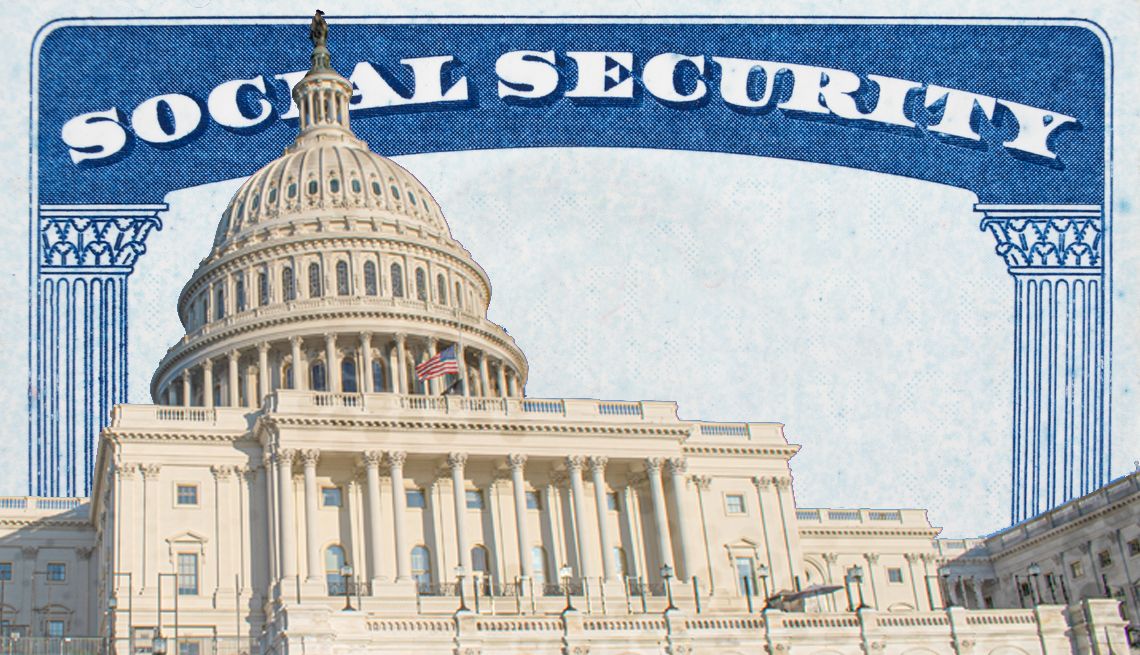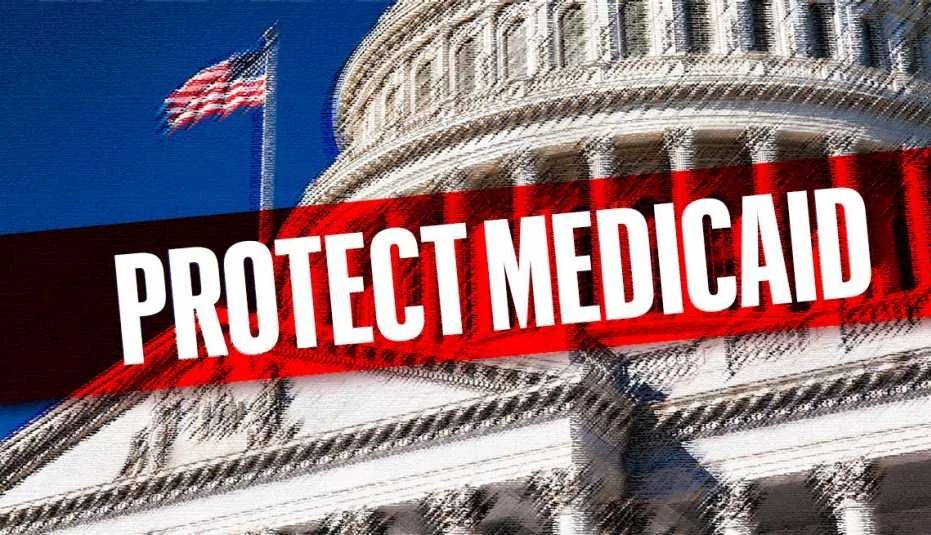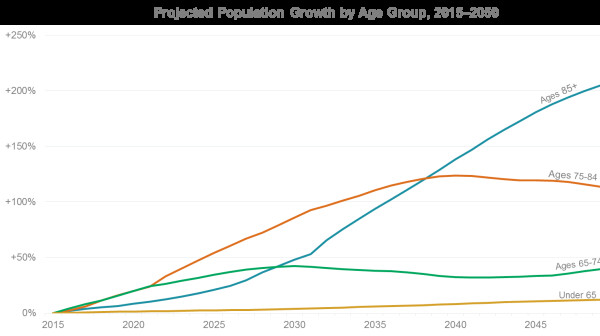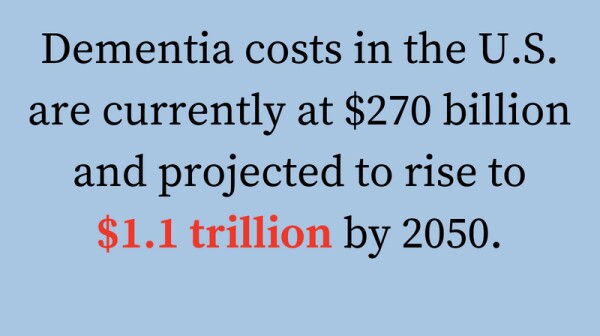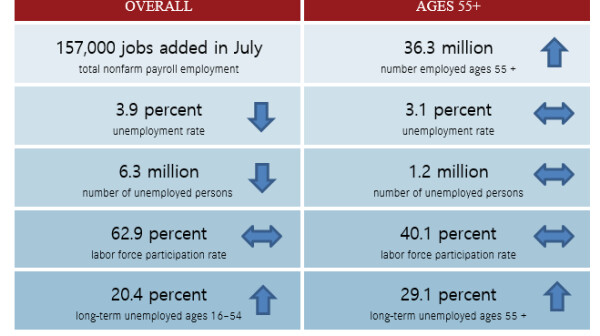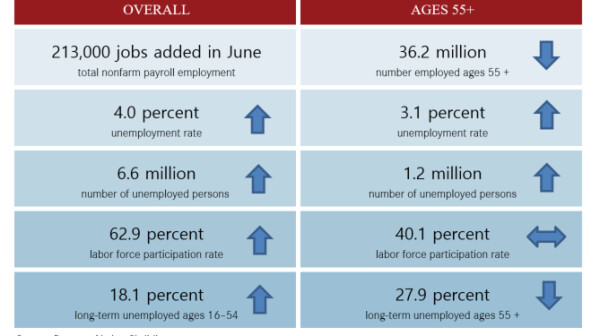AARP Hearing Center
CLOSE ×
Search
Popular Searches
- right_container
- Health
- Money
- Work & Jobs
- Advocacy
- Social Security
- Medicare
- Caregiving
- Games
- Travel
- More...
- Entertainment & Style
- Family & Relationships
- Personal Tech
- Home & Living
- Auto
- Staying Sharp
- Podcasts
- Videos
Most of the 1.2 million people living with HIV in the United States are now over the age of 50, and more than 175,000 are over the age of 65. For many people who were diagnosed prior to the introduction of revolutionary highly active antiretroviral therapy, life expectancy was measured in months,…
Surveys illuminate people’s preferences for aging in place and reforms that promote more supply
A recent report by the influential Medicare Payment Advisory Commission (MedPAC) — the independent agency that advises Congress on Medicare policy — finds that Medicare pays 20 percent more per enrollee in a private Medicare Advantage (MA) plan than it would if that same individual was instead…
A major demographic shift is happening. The ages 85+ population is projected to triple between 2015 and 2050. In comparison, the population younger than age 65 will increase by only 12 percent.
Dementia is an increasingly prevalent condition that millions of families must deal with every day. It can be taxing—emotionally, physically, and financially—for all involved, and people are understandably looking for help wherever they can find it. However, there could be a big disconnect between…
On August 1, the Trump Administration released a final rule that will allow insurance companies to offer cheaper “short-term limited duration” health plans for longer periods of time.
Total nonfarm payroll grew by 157,000 jobs, down from 248,000 jobs (revised up from 213,000) in June, according to the Bureau of Labor Statistics’ July Employment Situation Summary.
Diabetes is on the rise among Americans 50 years and older, and trends among older Hispanics are particularly noteworthy, according to recently released government data that the AARP Public Policy Institute has incorporated into its interactive research and data visualization tool AARP DataExplorer.
A new law signed by President Trump on May 24 is designed in part to strengthen protections for older Americans against financial exploitation and abuse. The Economic Growth, Regulatory Relief, and Consumer Protection Act includes a provision, previously proposed as the Senior Safe Act, that…
July is Social Isolation Month at AARP. This month, we are calling attention to the millions of older adults across the nation who lack meaningful social contacts with family members, friends or neighbors. Why the focus on isolation? Because social isolation is associated with bad health…
As the U.S. population ages and SNAP faces the prospect of changes that could affect the future of the program, it becomes all the more important to examine the dynamics around this large segment of SNAP users. AARP Public Policy Institute’s recently released fact sheet takes a closer look at SNAP households with older adults.
Fifteen years ago, President George W. Bush signed the Medicare Prescription Drug, Improvement, and Modernization Act which, among other things, created Medicare Part D to cover outpatient prescription drugs. Today, more than 40 million Americans are enrolled in Medicare Part D prescription drug…
According to the Bureau of Labor Statistics’ (BLS) June Employment Situation Summary, total nonfarm payroll grew by 213,000 jobs, down from 244,000 jobs (revised up from 223,000) in May.
Search AARP Blogs
Recent Posts

















